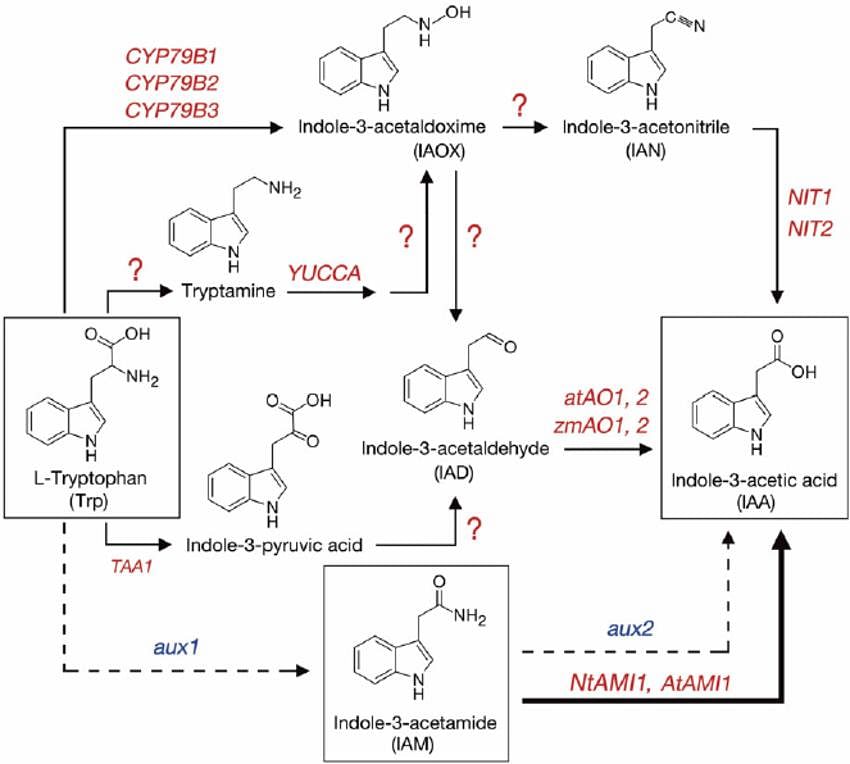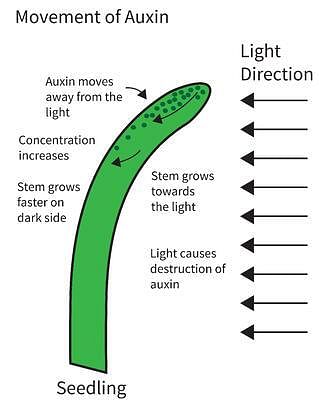Test: Plant Growth & Development - 1 - NEET MCQ
30 Questions MCQ Test Biology Class 11 - Test: Plant Growth & Development - 1
Example of artificial auxins are:
(a) IPA
(b) PAA
(c) NAA
(d) 2, 4, 5 - T
(e) 2, 4 - D
(b) PAA
(c) NAA
(d) 2, 4, 5 - T
(e) 2, 4 - D
| 1 Crore+ students have signed up on EduRev. Have you? Download the App |
Which of the following is essential for fruit ripening?
Which of the following effects of auxins is of wide application?
Which of the following is NOT naturally occurring plant hormone?
What is the effect of abscisic acid (ABA) on plant stomata?
Substances which originate at the tip of the stem and control growth elsewhere are:
Which of the growth substance acts as a stimulant during nodule formation in leguminous plant?
Which of the following statements about plant growth regulators is true?
Indole acetic acid generally inhibits the growth of
Native auxin (Endogenous) is transported in the plant
Which one of the following is motivative force for growth ?
Growth is primarily affected by two climatic factors which are
Coconut milk contains a cytokinin called ____ which promotes plant growth.
In a growing plant, the first phase during the process of growth is
The natural plant hormones were first isolated from
Which one of the following nutrients is concerned with the growth of the plants in view of their role in the synthesis of auxin? [AIPMT 2003]
|
182 videos|365 docs|153 tests
|















